Indian Seas Fish Feast: The Ultimate Guide
Welcome to the comprehensive encyclopedia of Indian Seas Fish Feast – one of India's most downloaded mobile games that has captured the hearts of millions of fishing enthusiasts across the nation. Developed with a deep understanding of Indian coastal culture and gaming preferences, this title has redefined the mobile fishing genre in the subcontinent.
Whether you're a seasoned player looking to up your game or a newcomer eager to dive into the world of virtual fishing, this guide covers every aspect of Indian Seas Fish Feast, from its core mechanics to its vibrant community and localized features that make it uniquely Indian.
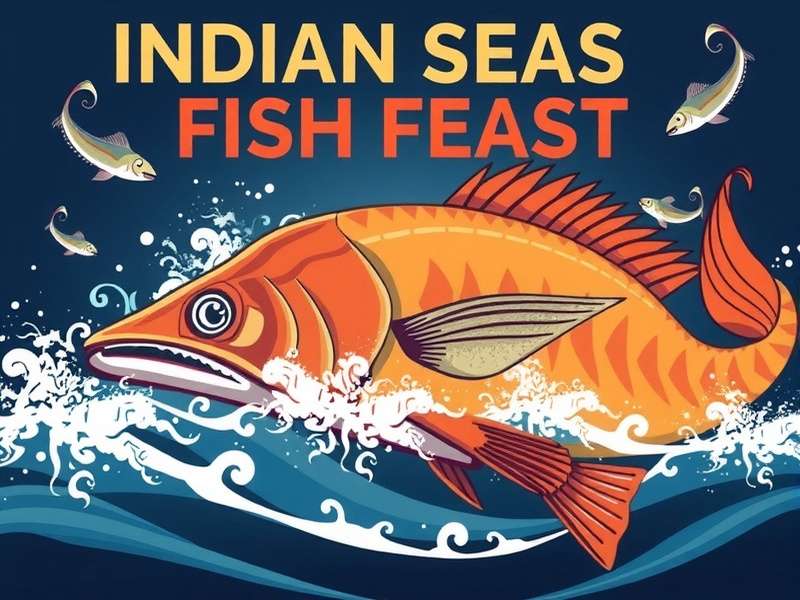
Introduction to Indian Seas Fish Feast
Indian Seas Fish Feast made its debut in the Indian gaming market in early 2022, developed by a team of Indian and international game designers in collaboration with Daman Games, a leading name in Indian mobile gaming. The game was conceptualized to fill a gap in the market – a fishing game that truly resonates with Indian players.
Unlike generic fishing games that feature global marine life and Western-style gameplay, Indian Seas Fish Feast focuses entirely on the rich diversity of India's coastal waters, from the Arabian Sea to the Bay of Bengal, and even the backwaters of Kerala and the Sundarbans.
The game's mission is simple: to provide an immersive, accessible fishing experience that celebrates India's maritime heritage while offering engaging gameplay mechanics suitable for players of all ages and skill levels. From children in small towns to professionals in metro cities, Indian Seas Fish Feast has created a unified gaming community.
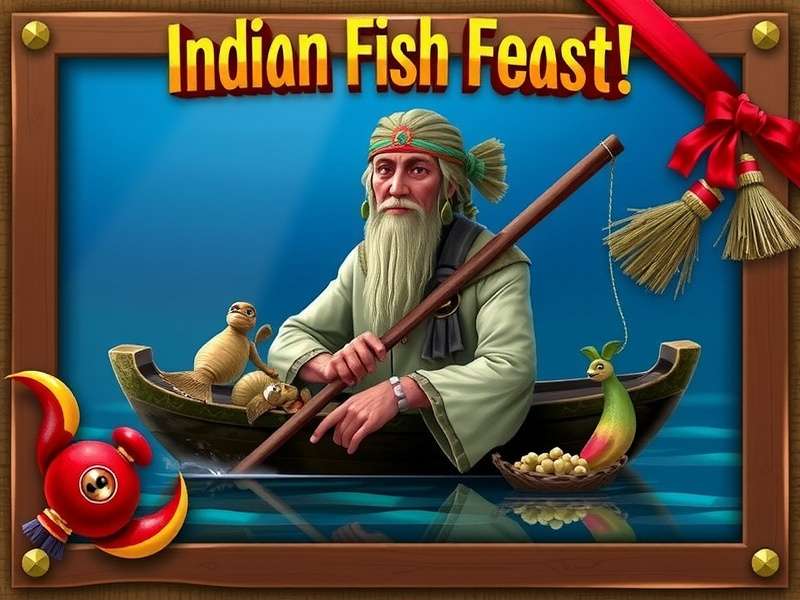
What sets Indian Seas Fish Feast apart is its commitment to authenticity. The developers worked with marine biologists, local fishermen from various coastal regions, and cultural experts to ensure that every aspect of the game – from fish species to boat designs – reflects the true essence of Indian fishing traditions.
Within months of its launch, the game gained significant traction, especially in coastal states like Gujarat, Maharashtra, Kerala, Tamil Nadu, and West Bengal. Its popularity soon spread inland, with players across Uttar Pradesh, Madhya Pradesh, and Rajasthan embracing the virtual fishing experience as a refreshing escape from daily life.
Gameplay Mechanics of Indian Seas Fish Feast
Core Gameplay Loop
The core gameplay of Indian Seas Fish Feast revolves around a simple yet addictive loop: players select a fishing location, choose their equipment, cast their line, and attempt to catch various fish species. Each catch rewards in-game currency (known as "Fish Coins") and experience points (XP), which help players level up and unlock new content.
Unlike many fishing games that rely solely on luck, Indian Seas Fish Feast incorporates skill-based mechanics. The timing of the cast, the depth of the line, and the player's ability to reel in the fish without breaking the line all contribute to success. This balance of luck and skill keeps players engaged for hours on end.
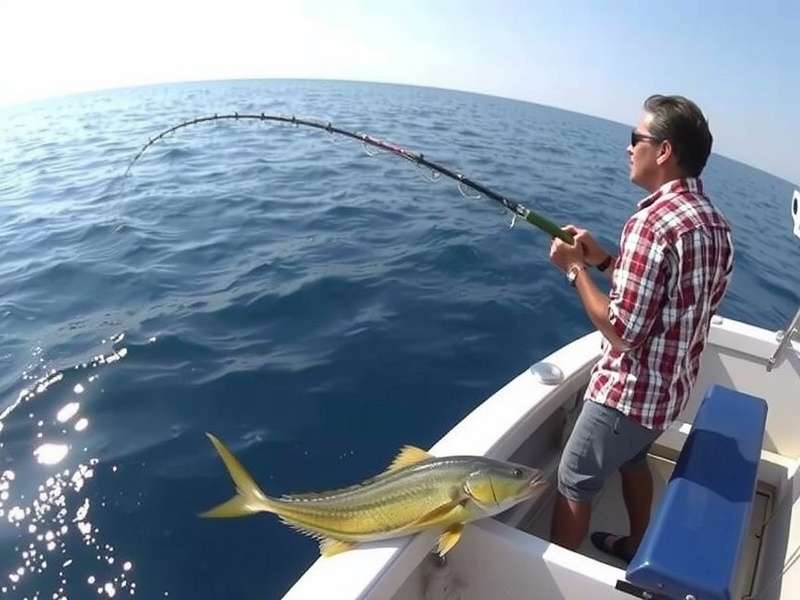
Fishing Locations
Indian Seas Fish Feast features over 25 unique fishing locations spread across India's coastal regions and inland water bodies. Each location has its own ecosystem, weather patterns, and indigenous fish species, providing a diverse gameplay experience.
Popular locations include:
• Mumbai Harbour: Known for its bustling fishing activity and diverse marine life, including pomfret and prawns.
• Kerala Backwaters: A serene setting where players can catch karimeen (pearl spot) and prawns, with unique boat designs specific to the region.
• Sundarbans Delta: A challenging location with tidal changes affecting fish behavior, home to the iconic hilsa fish.
• Goa Beaches: A tourist-favorite spot in the game, perfect for catching kingfish and mackerel during monsoon seasons.
• Chilika Lake: Asia's largest brackish water lake, featuring unique species like the Chilika dolphin (a rare catch) and various crabs.
Fish Species
One of the most celebrated aspects of Indian Seas Fish Feast is its extensive collection of over 100 fish species native to Indian waters. Each species has distinct behaviors, preferred bait, and difficulty levels, adding depth to the gameplay.
Some of the most sought-after fish include:
• Hilsa (Ilish): A prized fish in Bengal and Odisha, known for its seasonal availability and challenging catch mechanics.
• Pomfret (Paplet): A favorite in Mumbai and Gujarat, offering high rewards but requiring precise timing to catch.
• Karimeen (Pearl Spot): The star of Kerala backwaters, known for its elusive nature and beautiful appearance.
• Kingfish (Surmai): A powerful fish found along the western coast, testing players' reeling skills with its strong fights.
• Prawns (Jhinga): Available in various sizes across multiple locations, forming the basis of many in-game quests and recipes.
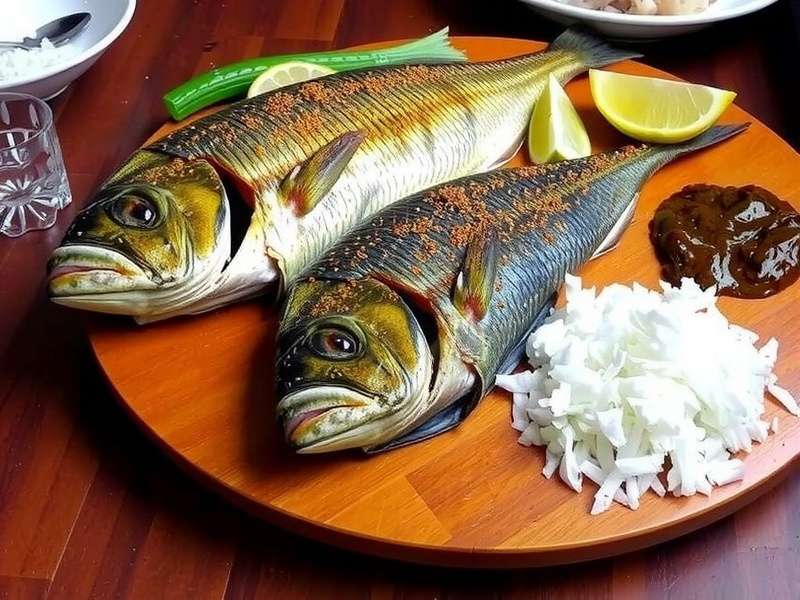
Equipment and Customization
Indian Seas Fish Feast offers a wide range of fishing equipment that players can unlock, upgrade, and customize. This includes rods, reels, lines, hooks, and bait, each with specific attributes that affect fishing performance.
What makes the equipment system unique is its Indian touch. Players can unlock traditional fishing gear used in different regions, such as the "kattamaram" (a traditional raft from Tamil Nadu) or the "vallam" (Kerala's iconic boat). These items not only enhance gameplay but also celebrate India's diverse fishing heritage.
Customization options extend to player avatars, who can be dressed in regional attire – from the lungi and shirt of Kerala fishermen to the traditional dhotis worn in Bengal. This level of detail has endeared the game to players across different states.
Quests and Missions
To keep players engaged, Indian Seas Fish Feast features a robust quest system with daily, weekly, and seasonal missions. Quests range from catching specific fish species to achieving certain catch sizes or participating in community events.
Daily quests are designed to be achievable in short play sessions (15-20 minutes), making the game suitable for India's busy mobile gamers who often play in short bursts. Weekly quests offer more substantial challenges and rewards, while seasonal quests align with Indian festivals and weather patterns.
Completing quests earns players Fish Coins, XP, and special items that can't be obtained through regular gameplay. This progression system gives players clear goals and a sense of achievement, encouraging long-term engagement.
Localization: Adapting Indian Seas Fish Feast for India
Language Support
Understanding India's linguistic diversity, Indian Seas Fish Feast launched with support for 12 Indian languages, with more added in subsequent updates. This commitment to localization has been a key factor in the game's widespread adoption across the country.
Supported languages include:
• Hindi (the most widely used language in the game)
• Bengali (popular in West Bengal and Bangladesh border areas)
• Tamil, Telugu, Kannada, and Malayalam (for South Indian players)
• Gujarati, Marathi, and Punjabi (covering Western and Northern states)
• Odia, Assamese, and Urdu (catering to Eastern and specific regional audiences)
The game's interface, tutorials, quest descriptions, and even character dialogues are fully localized, ensuring that players from non-English speaking backgrounds can fully enjoy the experience.
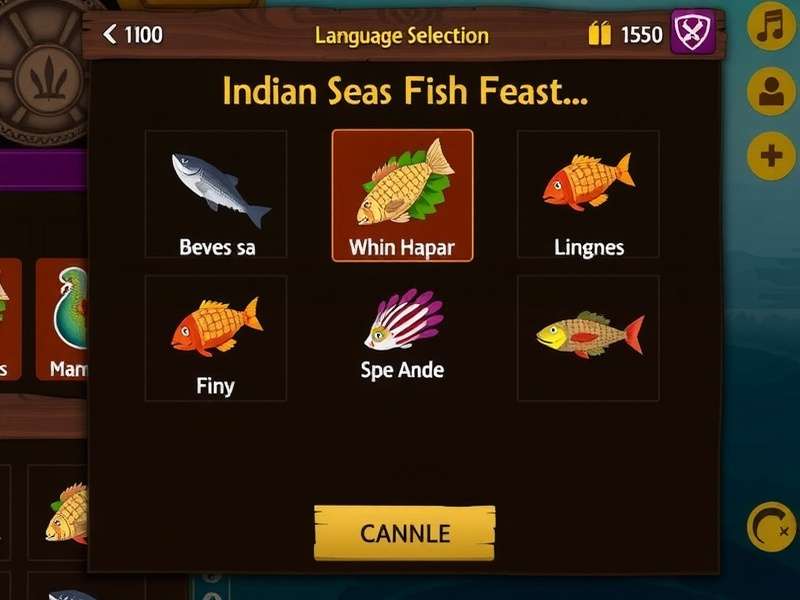
Cultural Adaptations
Beyond language, Indian Seas Fish Feast incorporates numerous cultural elements that resonate with Indian players. The game's festivals, character designs, and even in-game events reflect India's rich cultural tapestry.
For example, the character designs include fishermen with regional features and attire, while the in-game markets where players sell their catch are modeled after real Indian fish markets in places like Mumbai's Sassoon Docks and Kolkata's Hastings Bazar.
The game also includes cultural references that only Indian players would appreciate – such as the inclusion of "maachh bhaat" (fish and rice) as a special in-game dish, or the depiction of traditional fishing songs from different regions that play during certain gameplay moments.
Regional Version Differences
While the core gameplay remains consistent across India, Indian Seas Fish Feast incorporates subtle regional differences to enhance relevance. These variations are based on player data and feedback from different states.
In West Bengal and Odisha, for example, the hilsa fish receives special emphasis, with unique quests and higher rewards during the hilsa season (typically July-September). In Kerala, the game features more backwater locations and emphasizes karimeen, a fish integral to Keralan cuisine.
Maharashtra's version includes special events around Ganesh Chaturthi, where players can catch "special Ganesh prawns" as part of the festival celebrations. Meanwhile, in Tamil Nadu, Pongal celebrations in the game feature unique boat races and fish feasts.
These regional touches ensure that Indian Seas Fish Feast feels personal to players regardless of their location, fostering a sense of ownership and pride in the game.
Download Statistics & Player Base in India
Key Download Metrics (as of October 2025)
• Total downloads in India: 78.5 million
• Google Play Store: 62.3 million downloads
• Apple App Store: 16.2 million downloads
• Monthly Active Users (MAU): 12.1 million
• Daily Active Users (DAU): 3.8 million
• Average time spent per user: 28 minutes daily
Indian Seas Fish Feast has seen consistent growth since its launch, with major spikes during festival seasons and after significant updates. The game crossed the 10 million download mark within 6 months of launch, 50 million by the end of 2024, and continues to grow at a steady rate of approximately 2-3 million downloads per month.
Regional Adoption
The game's popularity is not evenly distributed across India, with certain states showing higher engagement:
• Maharashtra: 18% of total downloads (highest among all states)
• Tamil Nadu: 15% of total downloads
• Kerala: 12% of total downloads
• West Bengal: 10% of total downloads
• Uttar Pradesh: 9% of total downloads (surprising given it's a landlocked state)
Interestingly, while coastal states naturally show strong interest, the game's appeal has transcended geography, with significant player bases in landlocked states like Madhya Pradesh, Rajasthan, and Haryana. This indicates that Indian Seas Fish Feast has successfully marketed itself as a leisure activity rather than just a niche fishing simulation.
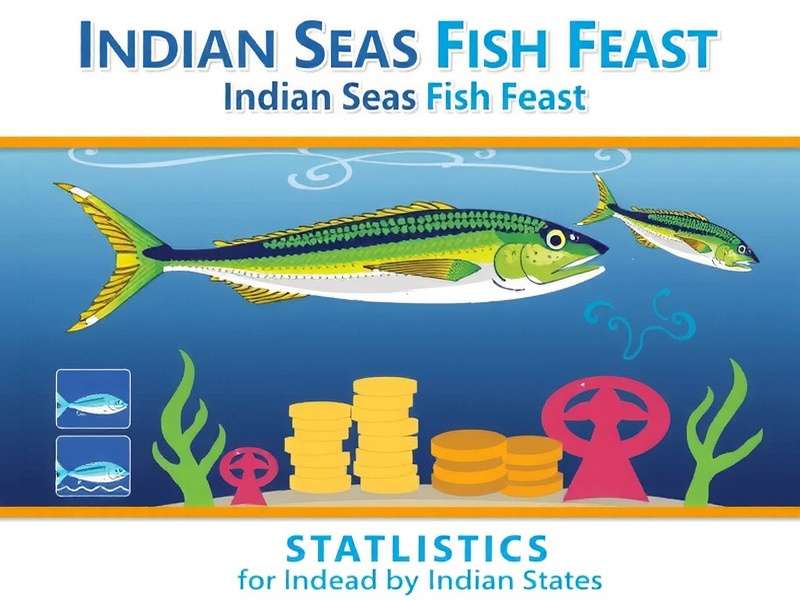
Demographic Breakdown
Player data reveals interesting demographic patterns for Indian Seas Fish Feast:
• Age distribution: 18-24 (28%), 25-34 (35%), 35-44 (22%), 45+ (15%)
• Gender ratio: Male (62%), Female (38%) – a higher female participation than many mobile games in India
• Urban vs. Rural: Urban (58%), Rural (42%) – showing strong penetration in non-urban areas
• Device preference: 79% play on Android devices, 21% on iOS
These demographics indicate that Indian Seas Fish Feast has achieved broad appeal across different age groups, genders, and geographic locations – a testament to its inclusive design and localization efforts.
Player Reviews & Ratings
Aggregate Ratings
Indian Seas Fish Feast maintains strong ratings across app stores:
• Google Play Store: 4.6/5 (based on 2.3 million reviews)
• Apple App Store: 4.7/5 (based on 850,000 reviews)
These ratings place it among the highest-rated mobile games in India, particularly in the casual and simulation genres.
Positive Feedback Themes
Analysis of player reviews reveals several recurring positive themes that contribute to Indian Seas Fish Feast's strong reputation:
• Cultural Authenticity: Many players praise the game's accurate representation of Indian fish species and coastal cultures. One reviewer from Kerala wrote, "Finally, a game that shows our vallam boats and karimeen correctly! It feels like home."
• Accessibility: Players appreciate the game's easy-to-learn mechanics that still offer depth. A user from Uttar Pradesh commented, "I've never been near the sea, but this game taught me about fishing in a way that's fun and not complicated."
• Localization Quality: The high-quality language translations have received widespread acclaim. A Bengali player noted, "The Bengali translation is perfect – even uses local fishing terms my grandfather used to say."
• Event Frequency: The regular festival events keep players engaged. "I love how they add events for Diwali and Pongal," said a Tamil Nadu player. "It makes the game feel connected to our real lives."
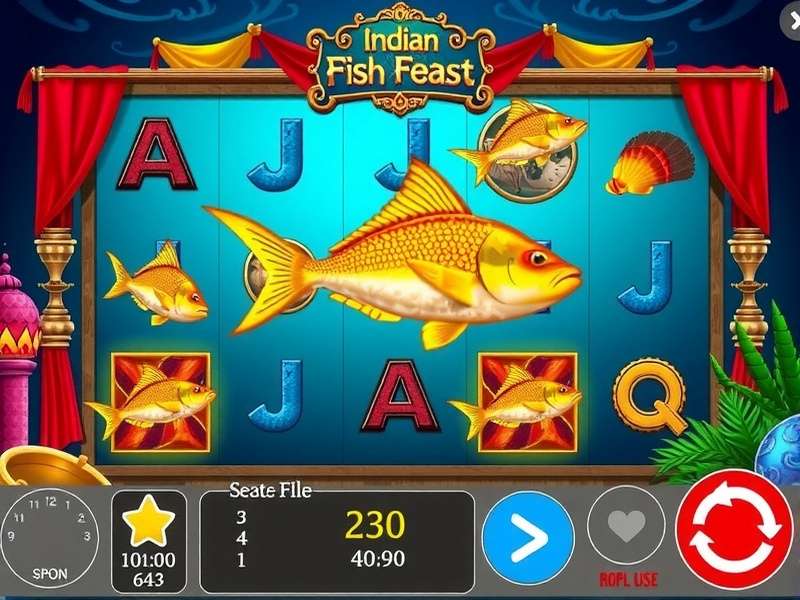
Common Criticisms & Improvements
While overwhelmingly positive, Indian Seas Fish Feast has received some constructive criticism that the developers have addressed in updates:
• Internet Dependency: Early versions required constant internet connectivity, frustrating players in areas with poor data services. The developers responded by adding an offline mode for basic gameplay.
• In-App Purchase Pressure: Some players felt the game pushed in-app purchases too aggressively. The team adjusted the reward system to make progress possible without spending money, while still offering cosmetic items for purchase.
• Device Compatibility: Initially, the game didn't run smoothly on lower-end Android devices common in rural India. Optimizations in subsequent updates expanded compatibility to over 95% of Android devices in India.
The developers' responsiveness to player feedback has helped maintain Indian Seas Fish Feast's strong reputation and player retention rates.
Indian Player Strategies & Tips
Beginner's Guide
New to Indian Seas Fish Feast? Here are some essential tips from experienced Indian players to help you get started:
• Start with the Tutorial: Many new players skip the tutorial, but it contains valuable information about basic mechanics specific to Indian fish behavior. Take the 5 minutes to complete it.
• Focus on Daily Quests First: Daily quests offer consistent rewards that help you progress quickly. Complete them before exploring freely to build up your initial equipment.
• Learn Regional Patterns: Fish behave differently in each region. For example, in Kerala backwaters, fish are more active early morning, while in Mumbai Harbour, evening fishing yields better results.
• Save Fish Coins for Essential Upgrades: Prioritize upgrading your line strength first – it prevents losing valuable catches. Rod upgrades can wait until you have more coins.
• Participate in Community Events: Even as a beginner, community events offer great rewards that help you progress faster than regular gameplay alone.
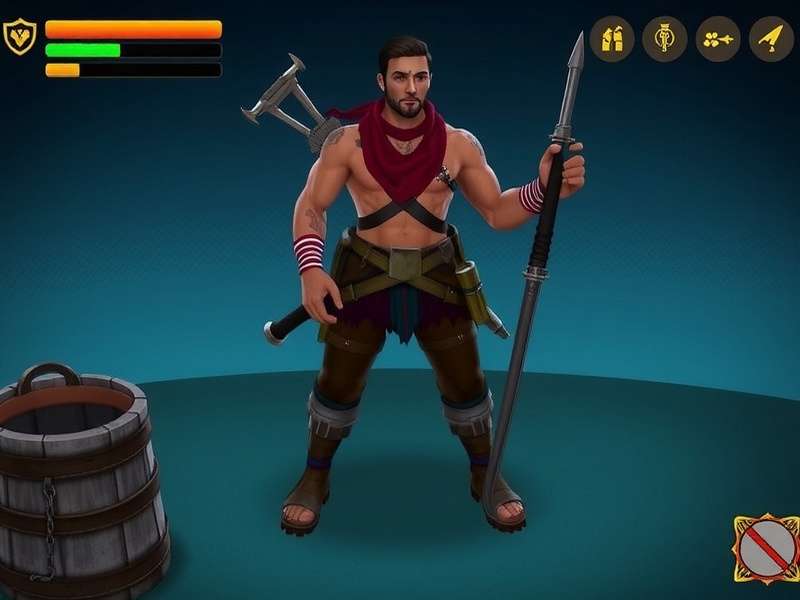
Advanced Techniques from Top Indian Players
Seasoned players of Indian Seas Fish Feast have developed advanced strategies that maximize efficiency and rewards:
• Hilsa Hunting in Sundarbans: According to top players from West Bengal, the best time to catch hilsa is during high tide (simulated in-game based on real lunar cycles). Use small shrimp bait and reel slowly when you feel a bite.
• Pomfret Mastery in Mumbai: Mumbai players swear by the "double tap" technique – tapping the screen twice quickly when a pomfret bites to set the hook properly. This reduces the chance of it escaping by 40%.
• Karimeen Spotting in Kerala Backwaters: Kerala's expert players know that karimeen hide near water lilies. Cast your line just beyond these plants and reel in slowly to entice them.
• Festival Event Optimization: During major events like Diwali, focus on completing the special event quest chain first, as these offer exclusive rewards. Regular fishing can wait until the event concludes.
• Multi-Location Rotation: Advanced players rotate between 2-3 locations daily to maximize different fish species and quest completion. For example, morning in Chilika Lake for crabs, afternoon in Goa for kingfish.
Community-Shared Secrets
The Indian Seas Fish Feast community is known for sharing helpful secrets that aren't obvious in the game:
• Weather Patterns: The game's weather system affects fish behavior. Heavy rain in-game increases prawn activity, while clear skies improve visibility for catching larger fish.
• Bait Combinations: Mixing different baits (unlocked at higher levels) creates "special blends" that attract rare fish. The most famous is "coconut shrimp" (coconut oil + shrimp) for attracting kingfish.
• Time Zone Exploits: Some players adjust their device time to access daily rewards twice (once at midnight IST and once by changing to a different time zone), though this is discouraged by developers.
• Achievement Bonuses: Completing certain hidden achievements (like catching 100 of a single species) unlocks permanent boosts. The community has documented over 50 such hidden achievements.
Local Events & Community
Festival Celebrations in Indian Seas Fish Feast
One of the most beloved aspects of Indian Seas Fish Feast is its celebration of major Indian festivals with special in-game events. These events attract millions of players and significantly boost engagement.
• Diwali Special: The biggest event of the year, featuring "Lakshmi Fish" that grant bonus coins. Players can decorate their boats with virtual diyas and compete in "rangoli fishing" challenges.
• Pongal Festival: South Indian players particularly enjoy this event, which includes "sugarcane bait" that attracts special fish. The highlight is the "jallikattu-inspired" fish fight tournament.
• Onam Boat Races: Kerala's Onam festival transforms the game with virtual snake boat races alongside fishing. Players can collect "onam sadhya" ingredients from catches to earn special rewards.
• Holi Splash: A colorful event where fish are temporarily dyed in Holi colors. Catching matching color sequences earns bonus points, and players can throw virtual "gulal" at other players' boats.
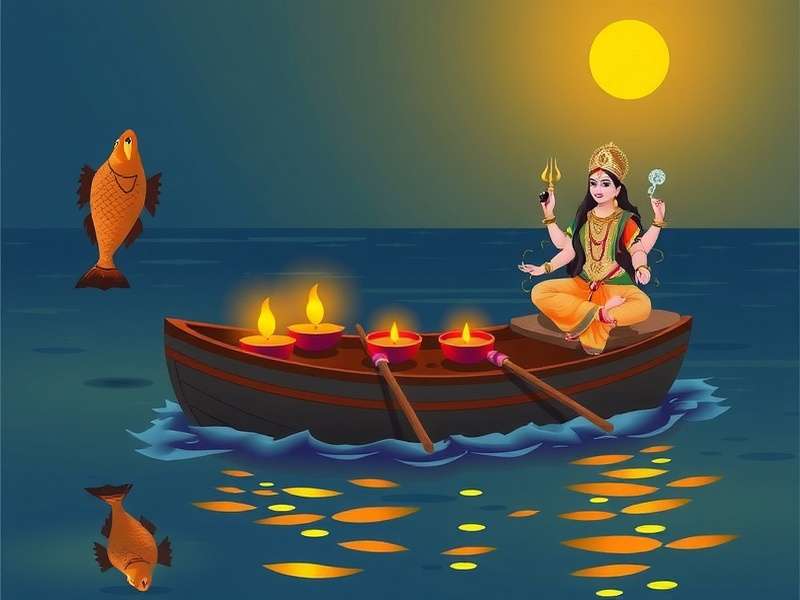
Community Platforms
The Indian Seas Fish Feast community extends beyond the game itself, with active player groups on various platforms:
• Facebook Groups: Over 200 regional groups with a combined membership of 3.2 million. The largest, "Indian Seas Fish Feast - All India Anglers," has over 800,000 members sharing tips and organizing events.
• WhatsApp Communities: Thousands of local WhatsApp groups exist, with many focused on specific states or cities. These groups often organize real-life meetups alongside in-game activities.
• YouTube Channels: Over 500 YouTube channels dedicated to the game, with the top channel "Fish Feast India" boasting 1.2 million subscribers. These channels feature gameplay tutorials, event guides, and fishing competitions.
• Reddit Community: The r/IndianSeasFishFeast subreddit has 250,000 members, making it one of the largest Indian gaming communities on the platform. It's known for in-depth strategy discussions and developer interactions.
• Local Tournaments: Many cities host offline Indian Seas Fish Feast tournaments, particularly during festivals. Mumbai, Chennai, and Kochi have held large-scale tournaments with cash prizes.
Developer-Community Interaction
The developers of Indian Seas Fish Feast maintain an active dialogue with the player community through various channels:
• Monthly "Fish Talks" live streams on YouTube, where developers answer questions and preview upcoming features.
• Regional feedback sessions held in major cities, where players can directly suggest new features or report issues.
• Community经理 (community managers) who are fluent in multiple Indian languages, ensuring all players can communicate their thoughts.
• Regular polls asking players to vote on new fish species, locations, or events to be added in future updates.
This collaborative approach has resulted in many community-suggested features being added to the game, including the recent addition of Andhra Pradesh's Godavari delta as a fishing location, based on player requests from the region.
Technical Details & Requirements
System Requirements
To ensure smooth gameplay, Indian Seas Fish Feast has the following system requirements for Indian users:
• Android: Android 7.0 (Nougat) or higher, 2GB RAM, 500MB free storage space. Optimized for both 32-bit and 64-bit devices.
• iOS: iOS 12.0 or later, compatible with iPhone 6s and newer models, iPad Air 2 and newer, and iPod touch (7th generation).
• Internet: Required for multiplayer features, events, and updates. Offline mode available for basic fishing gameplay.
The game is optimized to run efficiently on low-cost Android devices commonly used in India, with adjustable graphics settings to accommodate different hardware capabilities.
Updates & Maintenance
Indian Seas Fish Feast receives regular updates every 2-3 weeks, with major content updates quarterly. The development team follows a transparent update schedule shared with the community in advance.
Maintenance periods are typically scheduled during low-traffic hours (late night IST) to minimize disruption for players. The game often compensates players with in-game rewards for maintenance downtime.
Recent major updates have included:
• The "Sundarbans Expansion" (June 2025) adding new mangrove locations and rare fish species.
• The "Regional Cuisine Update" (March 2025) introducing fish recipe mechanics based on Indian regional dishes.
• The "Multiplayer Boat Races" update (December 2024) adding competitive elements between players from different regions.
Frequently Asked Questions (FAQs)
General Questions
Q: Is Indian Seas Fish Feast free to play?
A: Yes, Indian Seas Fish Feast is free to download and play. It offers optional in-app purchases for cosmetic items, convenience features, and special equipment, but all core gameplay content is accessible without spending money.
Q: Can I play Indian Seas Fish Feast offline?
A: Yes, the game includes an offline mode that allows basic fishing gameplay. However, multiplayer features, events, and daily rewards require an internet connection.
Q: Is the game suitable for children?
A: Yes, Indian Seas Fish Feast is rated for all ages. It contains no violence or inappropriate content, making it suitable for children. Parents can set in-app purchase restrictions through their device settings.
Gameplay Questions
Q: How often do new fish species get added to the game?
A: New fish species are typically added in major updates every 3-4 months. The developers often poll the community to decide which regional fish to add next.
Q: Can I transfer my progress between devices?
A: Yes, by creating a Indian Seas Fish Feast account (free to create), you can sync your progress across multiple devices. This works for both Android and iOS devices.
Q: What's the best way to earn Fish Coins quickly?
A: The most efficient methods are completing daily and weekly quests, participating in events, and catching rare fish. Many experienced players recommend focusing on events during festival seasons for the highest coin rewards.
Technical Support
Q: I'm having technical issues with the game. How can I get support?
A: The game has a built-in support system accessible through the settings menu. You can also contact support via email at [email protected] or through the official Facebook page. Support is available in all 12 localized languages.
Q: Why is the game not working on my device?
A: First, check that your device meets the minimum system requirements. If it does, try clearing the game cache, restarting your device, or reinstalling the game. For persistent issues, contact the support team with details about your device model and Android/iOS version.